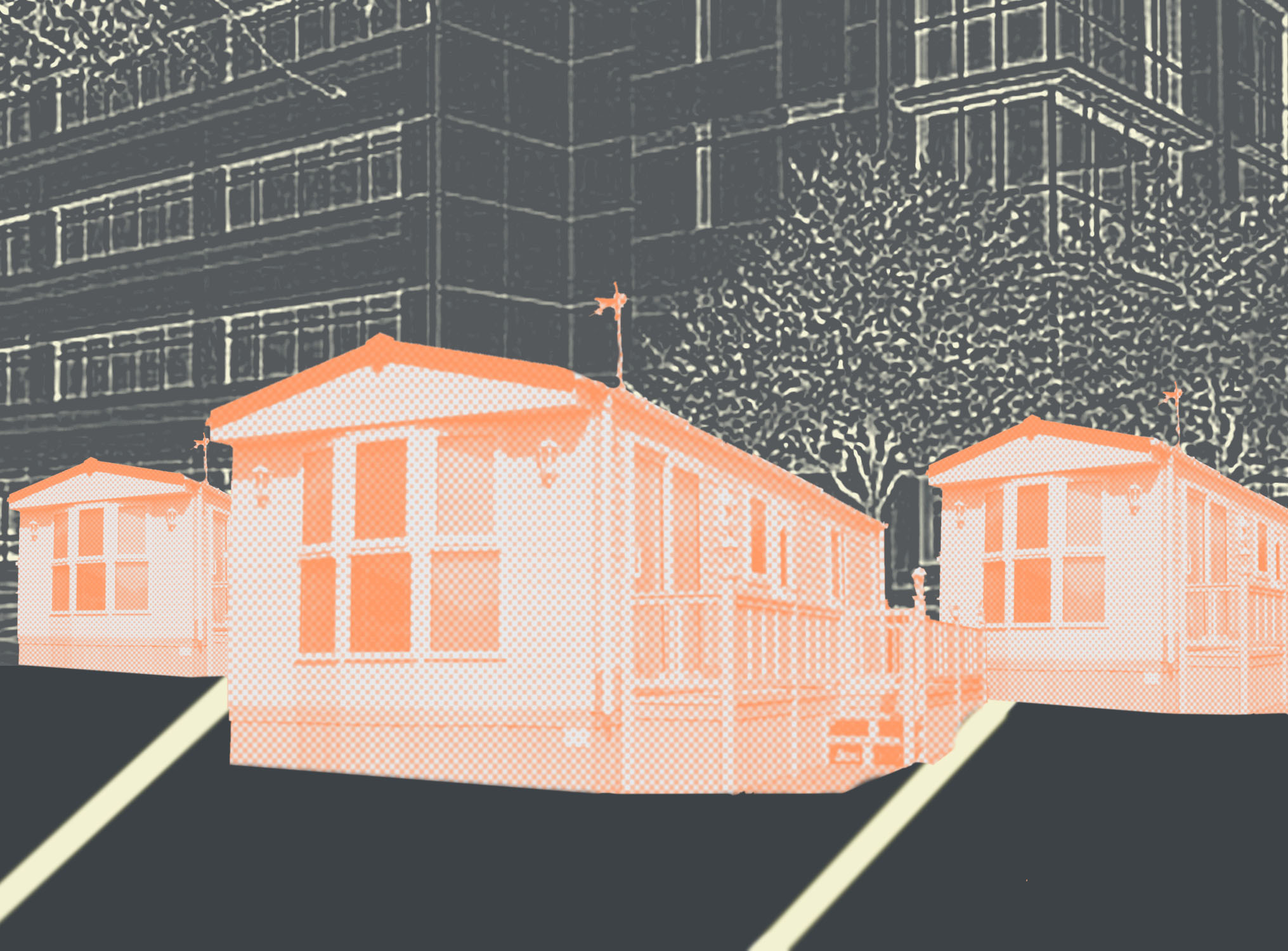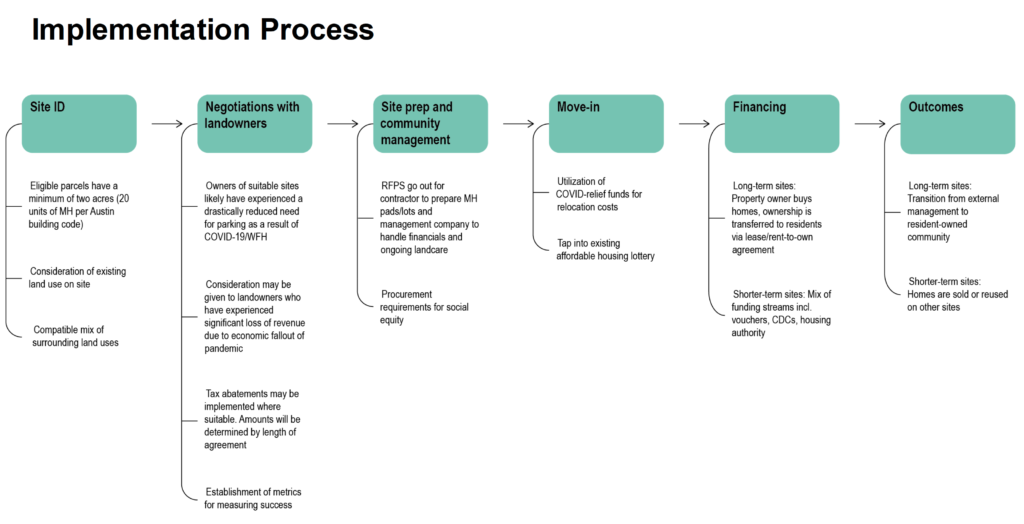A team of Master in Urban Planning students consisting of Zoe Iacovino (MUP/MPP ’23), Ryan Johnson (MUP ’22), Chadwick Reed (MUP ’22), and Gianina Yumul (MUP ’22) has won the 2020 Ivory Innovations Hack-A-House competition’s grand prize in the Policy and Regulatory Reform category. The annual 24-hour hackathon-style charette is focused on finding tangible, economically viable solutions to the affordable housing crisis facing the United States. Teams are given a prompt related to housing affordability and have 24 hours to turn around a proposal. The event is co-sponsored by Harvard’s Joint Center for Housing Studies.
“Hack-A-House is by design setup to engage, encourage and inspire the next generation of entrepreneurs, community builders and decisionmakers in identifying new and innovative solutions that make housing more affordable and attainable,” said Abby Ivory, director of Ivory Innovations, in a press release announcing the 2020 winners. “The connection between housing, the pandemic and associated economic challenges made this already vexing issue that much more real to many participants. Our winners were able to demonstrate additive solutions for all three of these extremely difficult issues.”
The GSD team’s proposal, “Parking Lot Potential,” aims to “convert excess parking to affordable manufactured housing in a post-COVID world.” Parking lots were identified as sources of vacant space, especially as companies shift to telework during the pandemic. They are also, the team noted, more amendable to development than unused land, particularly when it comes to manufactured housing.
The essence of the project is an implementation tool kit, which outlines each step of the process, from site identification and negotiating with landowners, to community management, financing, and final outcomes. While the tool kit is designed for broad application, the team chose Dell headquarters in Austin, Texas—a city with a high rate of renters and ethnic diversity—as its test case. The site currently has an excess of 2,000 parking spaces, which translates to 12 acres available to be converted into a mobile home community.
The team found that the site’s proximity to grocery stores, transit, and infrastructure made it an ideal place for new housing and concluded that there were environmental and economic benefits for both renters and the existing site owners.
Watch the team’s video presentation.

